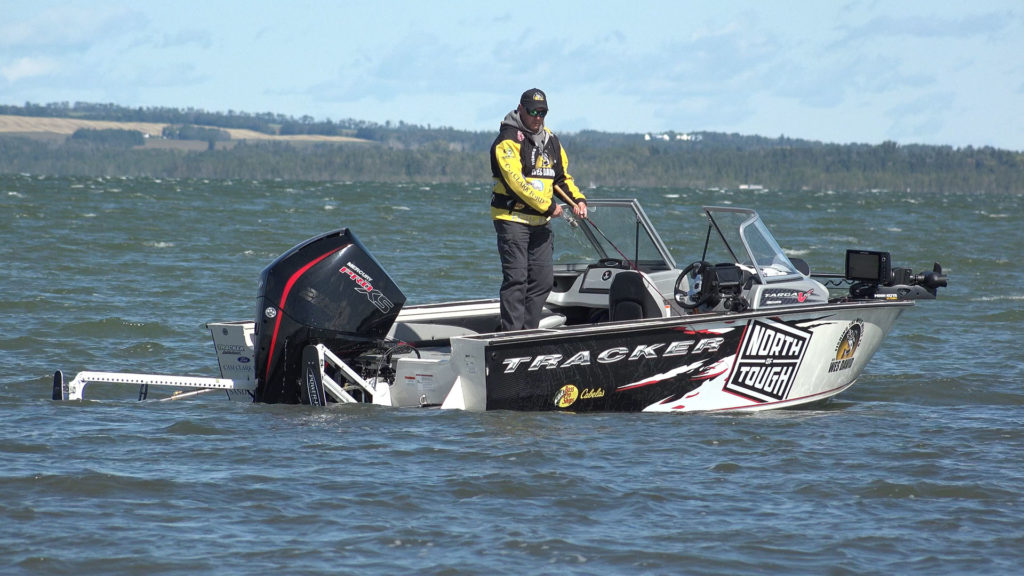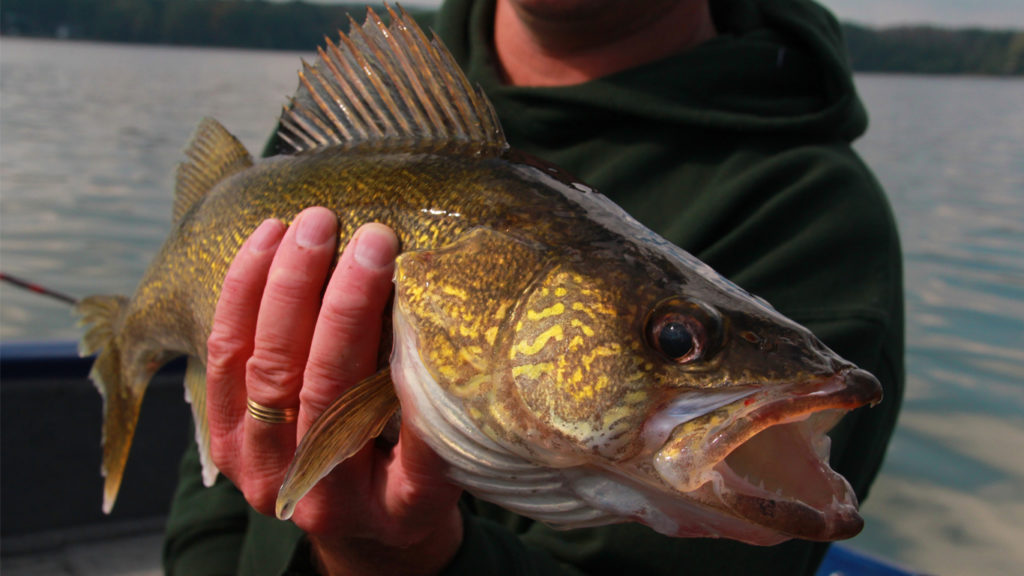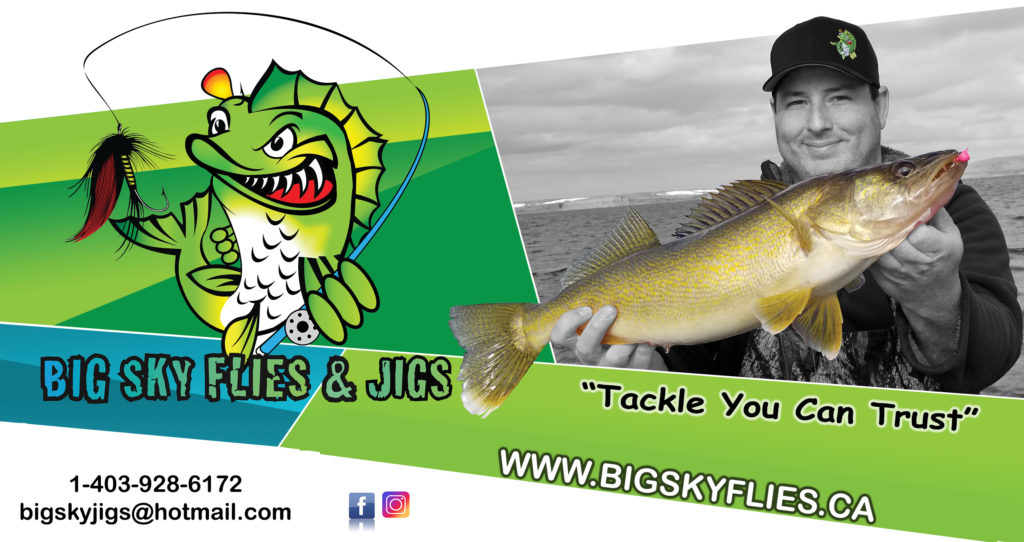Slow-Down for Post Spawn Walleye
Like most walleye anglers, I’ve anticipated the open water season all winter. However, to get post-spawn walleye to take my bait I’ve learned to contain my excitement and slow my presentations. I’ve also enjoyed more spring success by downsizing my baits. In the spring of the year, after the walleye have spawned, small baits, minimal movement, and understanding the walleyes spawn and post-spawn movements are key to landing more post-spawn walleye.
Male walleye begin their migration from their deeper winter waters to staging areas in mid-February and can stay in the staging areas a month in advance of the anticipated spawn. Female walleye won’t arrive at the spawning areas until the water has reached ideal temperatures. Temperatures may vary in each province but their preferred water temperatures are between six and 12 degrees Celsius. Walleye spawn in areas of the lake with gravel to softball size rocks. The fertilized eggs fall into the crevices amongst the gravel and rocks where they are protected from egg-eating predators. The water depth that walleye prefer to spawn in ranges from two to six feet in depth and because their eggs require constant aeration, walleye in lakes/reservoirs deposit their eggs in shallow rocky areas exposed to wind or moving water.
Each female walleye can lay up to 500,000 eggs, however, only an estimated two percent will survive to adults and mature enough to spawn. Male walleye often stay in the spawning area for up to a month after the spawn. However, female walleye will begin moving to their early spring locations shortly after they spawn. Knowing where the spawning areas are and the post-spawn retreats on your favorite water body are crucial at this time of the year.
As soon as the season opens, I head to the spawning areas. I use the Spot-Lock future on my trolling motor or my Power-Poles to hold myself in position. However, if you don’t have these options, drop two anchors, one at the bow and one at the stern of your boat. Using two anchors helps keep the boat completely stationary. I position myself straight out from the spawning beds in 10 to 14 feet of water and intercept walleye as they move out of the spawning areas to deeper water. I like to downsize my bait to a 1/16 to 1/8 Oz Big Sky Jig tipped with a frozen minnow or soft plastic. Once your bait hits bottom, lift your jig off the bottom about four-inches and let it sit with minimal movement. An angler is basically mimicking a slow ice fishing bite.
Walleye can be very finicky during the post-spawn transition but anglers can increase their success by downsizing and slowing-down their presentations.




